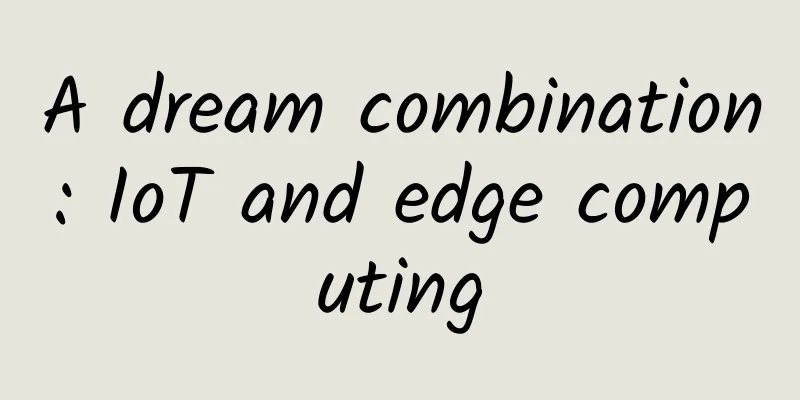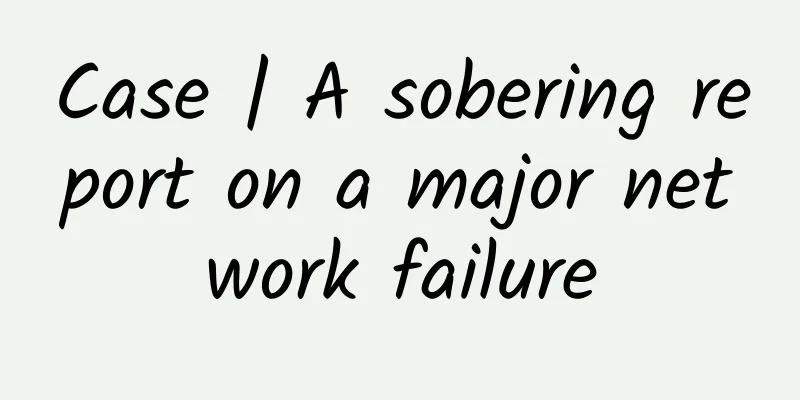Pay attention to the "baton" of athletes to make business flow more efficient

|
At the Brazil Olympics, the 4×400 relay race is taking place. At the sound of a whistle, the athlete rushes out of the starting line holding the baton, with three teammates waiting anxiously in front of him. Despite numerous drills beforehand, the baton still drops from time to time during the race. As the leader of the organization, you must realize that paying attention to the passing of the baton is your primary task. Of course, in a real competition, it is impossible for athletes waiting for the baton to compete in other competitions at the same time. Even if they can split themselves, they will inevitably lose sight of one thing and lose another due to the consumption of physical strength and attention, which will affect the results of all the competitions they participate in. At work, engineers are like athletes. The baton is the only valuable deliverable to customers. The business flow shows the flow of value. To maximize the efficiency of the flow of value, this fully demonstrates the importance of "baton passing". At this time, high-quality business flows can fully reflect the flow of value and achieve twice the result with half the effort. In fact, regarding the application of queuing theory in the field of software development, lean software guru Mary Poppendieck has long made judgments. She believes that: 1. There is no direct linear relationship between staff utilization and delivery time; 2. When the staff utilization rate of an organization is above 70%, the delivery time that is of greatest concern is not shortened as expected, but becomes longer; the larger the scale of each work item in the business flow, the more uncertainty will be generated in the flow process, and the longer the cycle time will be. The relationship between staff utilization and delivery time In other words, focusing on the business flow itself requires a transformation in management thinking, focusing on "value completion" rather than "people busy". As enterprise customers and developers, making the so-called "baton" more valuable can effectively improve work and operational efficiency. So, how to accelerate the business flow? It can be divided into three stages. The first is transparency. An important principle of lean is to eliminate waste. In a production environment, waste is easy to see. When you walk into any corner of the factory, you will see piles of parts and semi-finished products. But in an IT environment, when you walk into any corner of the office, you cannot see the progress of work and the accumulation of requirements, because the work is stored in the computer or simply in the human brain. Knowledge work itself is invisible. People cannot manage what they cannot see. Therefore, the first step to focus on business flow is to make it visible. The simplest and most effective way is to build a visual dashboard, as shown below. Each card represents a valuable demand flowing in the system. Huawei Software Development Cloud Dashboard By making work visible, you can see the flow of value, so that you can manage business flow. Kanban is visible to everyone in the organization, and everyone can see whether work is flowing every day, so that everyone has a consistent understanding of the work. On this basis, everyone participates in how to improve the business flow, thus starting to play the movement of organizational improvement culture. Quoting David J. Anderson, the father of the Kanban method, the first function of Kanban is to "Engage Everyone Emotionally", that is, to make everyone empathize and participate. The second is to limit work in progress (i.e., unfinished work in progress). In order to improve business flow, many companies first think of automating repetitive steps. In the process of value creation from beginning to end, automate as many links as possible, and create an entire automation chain from project management code configuration management code inspection compilation and construction testing release, which will greatly improve the efficiency of business flow. Not only does it improve efficiency, but it also reduces the chance of errors, because people make mistakes. Wherever there is manual repetitive operation, try to automate it, and you will experience the rapid flow of business. Huawei Software Development Cloud Tool Service Chain However, as the leader of the organization, don't forget that if you don't want your team to be at risk of overload, in addition to the automation and tools described above, you first need to focus on limiting the business volume, that is, limiting the number of WIPs in parallel. Suppose we change the relay race rules and hold 37 relay races at the same time, and each athlete participates in multiple relay races at the same time. In this competition scenario, each athlete has no way to concentrate on any one game. Such a scenario seems crazy, but it is indeed a common phenomenon in the real business environment. The team handles multiple tasks and even multiple projects in parallel at the same time, frequently switches between multiple tasks and multiple projects every day, and the priorities are constantly adjusted. Engineers are often interrupted by new tasks halfway through their work... Context switching, multitasking, and inability to focus, while work is waiting for manpower to be free, all of which are doubly weakening the value output efficiency of the business and the work motivation of employees. As a leader, you must limit the number of batons that the team can pass at the same time, otherwise, you are actually sacrificing the most valuable asset of the organization - employees. The first step is to create a Kaizen (continuous improvement) culture. Pay attention to the "baton" and focus on business flow - it is easier said than done, because it requires changing the long-standing management thinking centered on resource optimization. In addition, after the first step of visualization and the second step of limiting work-in-progress, the various problems and risks of the organization will be more fully exposed in the process of focusing on the flow of business value. In the face of problems and risks, as the leader of the organization, you take an evasive attitude or face the problem and make changes. This is your choice. The choice of the organization's leader determines how far the entire organization can go. |
<<: How does Huawei Software Development Cloud make DevOps a reality?
>>: Which groups are suitable for using software development cloud (various services)?
Recommend
AI and 5G synergy: Unleashing the full potential of the digital age
In the evolving technology landscape, two breakth...
HostKvm Newly Offers 30% Off Los Angeles CN2 Line VPS, 20% Off All Sitewide
HostKvm was founded in 2013 and currently provide...
Enterprises are joining in one after another, rapidly expanding the 5G private network "circle of friends"
As we enter 2021, the industry is increasingly ca...
10 hottest enterprise networking startups in 2019
Cloud computing, automation, and intent-based net...
How did Huawei Cloud become a public cloud leader after just over a year in the market?
[51CTO.com original article] Huawei Cloud has amb...
Zhao Rong wishes you a happy new year! Hongtu Exhibition!
The tiger is gone and the rabbit is here, everyth...
Canadian telecom operator Rogers shuts down its network on a large scale
According to foreign media, Rogers, one of Canada...
Sharktech Spring Promotion, 10Gbps unlimited traffic high-defense server starting from $299/month, 2*E5-2678v3/128G/2TB NVMe/4 computer rooms including Los Angeles
Sharktech has launched a spring promotion, with d...
Operators’ 5G half-year exam: With the difficult epidemic, high expenditures and low profits, how can they withstand the pressure in the second half of the year?
The sudden outbreak of the novel coronavirus pneu...
The integrated development of 5G applications is imperative
In the two years since 5G was put into commercial...
Will RCS, which Google is pushing so hard, replace SMS? What can it do?
Google Messages uses the RCS protocol, which has ...
Essential for operation and maintenance: 20 common service ports and their corresponding service information
In the operation and maintenance process, it is c...
5G is here! How long will it take for it to be truly universally adopted?
4G, the mobile network that allows us to make cal...
It’s better not to work for this kind of company!
[[415021]] Hello everyone, I am Xiaolin. Last wee...
IntoVPS: Hourly KVM monthly fee starts at $5 ($0.0075/hour), 6 data centers available
IntoVPS is an unmanaged VPS hosting brand launche...
![[Black Friday] HostHatch: $29/year-dual-core/4GB/50G NVMe/5TB/1TB/Los Angeles and other data centers](/upload/images/67cabcd4e97ee.webp)








